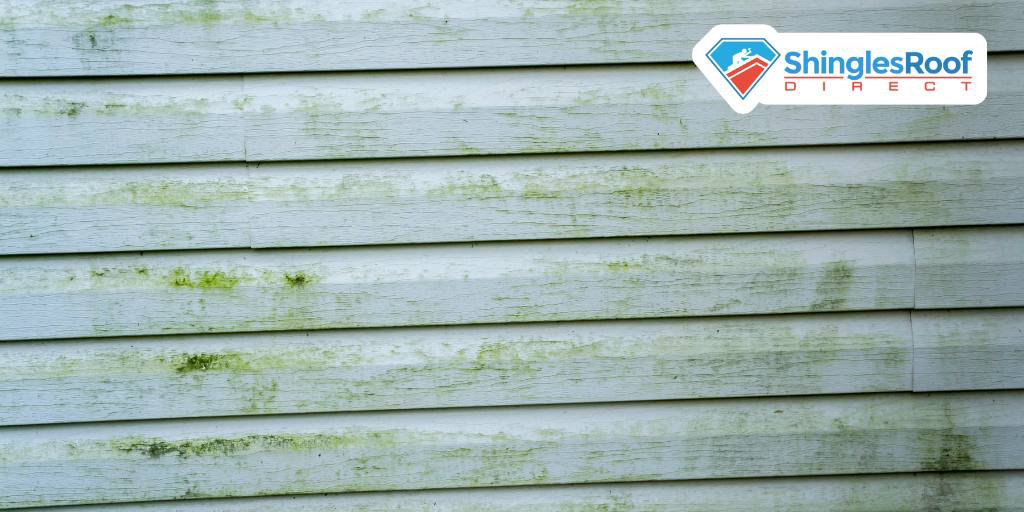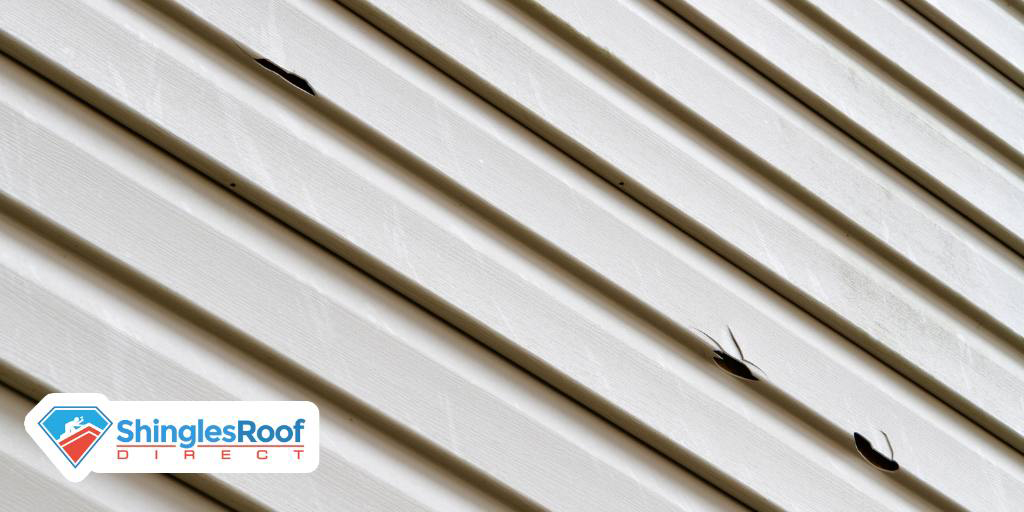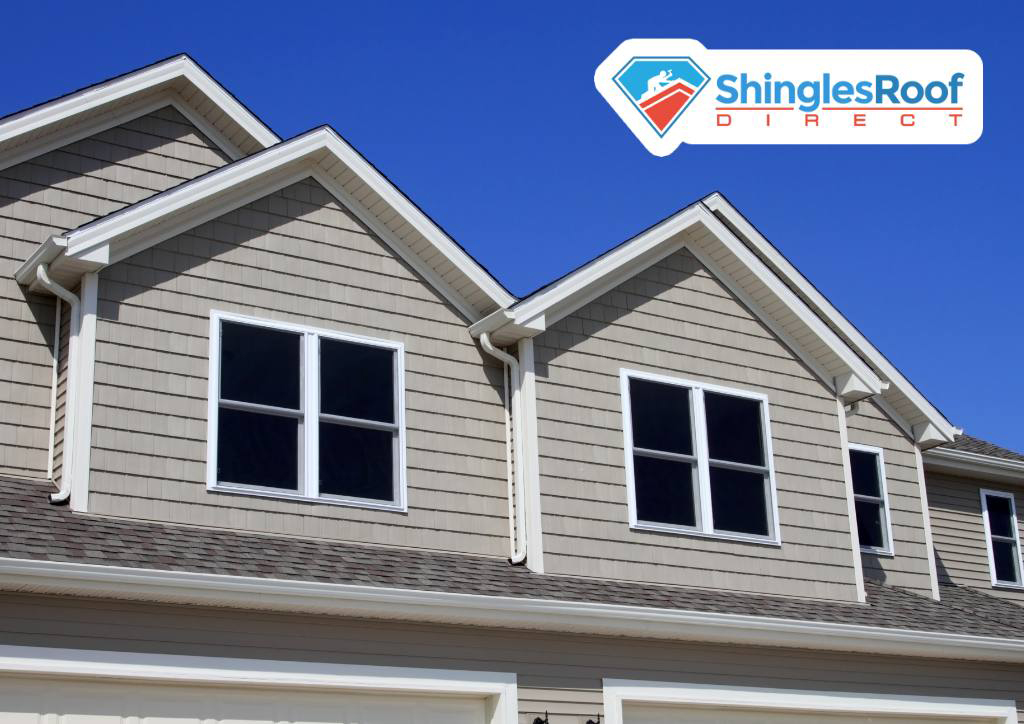Beyond the practical aspects, a well-maintained exterior contributes to the value of your property. Aesthetically pleasing homes create a positive first impression. They also foster a sense of pride and satisfaction among homeowners. Furthermore, a well-kept exterior ensures that your home remains structurally sound. One way to maintain the functionality and appearance of your home’s exterior is through vinyl siding.
While vinyl siding is renowned for its longevity, it is not immune to the effects of time, weathering, and wear. Understanding when to address potential issues and replace your vinyl siding is crucial for maintaining your home’s structural integrity. By delving into these implications, this article empowers homeowners to make informed decisions regarding their property. It also aims to guide them in recognizing the signs that it may be time to replace their vinyl siding.
Table of Contents
- How does vinyl siding protect and enhance a home’s exterior?
- A. Vinyl siding aging and wear
- B. Mold and Mildew Growth on Vinyl Siding
- C. Outdated Vinyl Siding Style and Aesthetics
- Cost Considerations
- Factors Influencing the Cost of Vinyl Siding Replacement
- Balancing the Initial Investment with Long-Term Benefits
- Preserving Home Harmony
- Quick FAQs on Vinyl Siding
How does vinyl siding protect and enhance a home’s exterior?
Vinyl siding is a protective shield for your home. It offers a durable and resilient barrier against harsh weather elements like rain, snow, and UV rays. Beyond its functional role, vinyl siding contributes to the overall aesthetic appeal of your property. It enhances its curb appeal and creates a welcoming exterior. Its versatility and low maintenance make it popular for homeowners seeking durability and home visual appeal.
A. Vinyl siding aging and wear
1. Fading and Discoloration
Faded or discolored siding can detract from the overall beauty of your property, diminishing its curb appeal. The vibrant hues of vinyl siding can gradually succumb to prolonged exposure to sunlight, rain, and other environmental elements. Ultraviolet (UV) rays, in particular, can lead to the breakdown of pigments within the vinyl. This results in the fading and discoloration of once-lustrous siding. It occurs over time as the outer layers of the material undergo photochemical reactions, causing a gradual color shift. Understanding this natural degradation is an early indicator of the need for potential replacement or restoration.
2. Cracks and Warping
Vinyl siding is subjected to the constant ebb and flow of temperature changes throughout the seasons. Over time, these fluctuations, combined with the natural aging process, can lead to cracks and warps of the material. From freezing winters to scorching summers, temperature extremes cause the vinyl to expand and contract. This threatens your home’s insulation and energy efficiency. It creates openings through which air and moisture can infiltrate, compromising the insulation properties of your exterior walls.
3. Loose or Missing Panels
Rain, snow, hail, and other precipitation can penetrate your home, reaching the underlying structure and causing damage over time. The detachment or loss of vinyl siding panels can cause these. Poor installation, extreme weather events, or the natural aging of the siding material can contribute to the displacement of panels. By identifying these root causes, homeowners can effectively address the issues impacting their vinyl siding and take necessary corrective actions.
B. Mold and mildew growth on vinyl siding
Mold and mildew thrive in damp, dark, and humid conditions, creating an ideal habitat on vinyl siding surfaces. Prolonged exposure to moisture, inadequate ventilation, and the accumulation of debris can create a conducive environment for these unwelcome invaders. Additionally, a home’s north-facing or shaded areas are susceptible to mold and mildew growth due to reduced sunlight exposure. This inhibits natural drying and promotes moisture retention in vinyl siding.

The Importance of Addressing Mold Issues Promptly
1. Health Hazards
Mold and mildew compromise the aesthetic appeal of your home and pose potential health risks. The spores released by mold can become airborne, leading to respiratory issues, allergies, and other health concerns. Swift action is essential to mitigate these health hazards and create a safe living environment.
2. Structural Integrity
If left unchecked, mold and mildew can infiltrate and compromise the structural components of your home. Vinyl siding, as a protective barrier, can succumb to decay and deterioration when constantly exposed to moisture and mold growth. Addressing these issues helps prevent the degradation of the siding material, preserving its strength and functionality.
3. Preventing Spread
Mold has the potential to spread rapidly unless dealt with on time. When this issue is resolved, the affected area will be safeguarded from the spread to other parts of the home. This containment is crucial for limiting the extent of damage and the associated repair costs.
C. Outdated vinyl siding style and aesthetics
As architectural trends evolve, homeowners must stay attuned to the changing landscape of exterior aesthetics. Recognizing when your vinyl siding is outdated involves examining its visual harmony with the overall style of your home. Signs of outdated siding may manifest in faded colors and patterns that no longer align with contemporary tastes. It may also look like an appearance that clashes with the surrounding neighborhood. Additionally, advancements in material technology may offer more modern and visually appealing alternatives. By understanding these factors, homeowners can identify when their vinyl siding no longer complements the stylistic essence of their property.
Cost Considerations
When contemplating the replacement of vinyl siding, it’s essential to consider several factors that can influence the project’s overall cost. Understanding these elements can help homeowners make informed decisions and budget effectively for this significant investment.
Factors Influencing the Cost of Vinyl Siding Replacement
1. Material Quality
The type and quality of vinyl siding determine the overall cost. Higher-quality materials may come with a higher initial price tag but often offer better durability and longevity.
2. Siding Style and Design
Different siding styles and designs can impact the replacement cost. Intricate patterns, unique textures, and specialty finishes may incur additional expenses, so homeowners should consider their preferences and budget constraints.
3. Square Footage of the Home
The size of your home directly affects the amount of siding required. Larger homes will naturally incur higher material and labor costs. Accurately measuring and estimating the square footage is essential for an accurate budget.
4. Removal of Existing Siding
Removing old or damaged siding involves labor costs and potential disposal fees. The condition of the existing siding can also impact the complexity of the removal process.
5. Installation Complexity
The architecture, intricate features, and the need for insulation or repairs can influence installation complexity and subsequently affect costs.
6. Contractor Rates
Hiring experienced and reputable contractors may come with higher labor costs. However, investing in skilled roofing professionals ensures a quality installation, contributing to the longevity and effectiveness of the new vinyl siding.
Balancing the Initial Investment with Long-Term Benefits
1. Durability and Low Maintenance
High-quality vinyl siding is known for its durability and low maintenance requirements. Over time, this can result in savings on repair and upkeep costs.
2. Energy Efficiency
Upgrading modern vinyl siding with added insulation can enhance your home’s energy efficiency. This can lead to long-term savings on heating and cooling bills.
3. Increased Property Value
A well-maintained exterior, including new vinyl siding, can significantly boost the overall value of your property. This is particularly beneficial if you plan to sell your home.
4. Enhanced Curb Appeal
New vinyl siding refreshes the appearance of your home, increasing its curb appeal. This provides personal satisfaction and makes your property more attractive to potential buyers.
5. Reduced Future Repair Costs
Repairing siding issues can prevent more extensive damage to the underlying structure. It saves homeowners from costly repairs in the future.
Preserving Home Harmony
Recognizing the signs that your vinyl siding requires replacement is essential for maintaining the longevity and integrity of your home. Fading colors, cracks, warping, mold growth, and outdated aesthetics should prompt homeowners to consider investing in new vinyl siding.

Proactive care preserves the aesthetic appeal of your residence and safeguards against potential structural issues that may arise from neglect. By promptly addressing signs of wear and tear, you can extend the lifespan of your siding and ensure a well-protected, visually pleasing home.
Choosing premium materials and professional installation pays dividends in terms of enhanced protection, improved energy efficiency, and increased property value. The value of quality vinyl siding provides homeowners with confidence in the enduring beauty and resilience of their homes. Embrace the idea that your investment in premium vinyl siding is an investment in the future.
Quick FAQs on Vinyl Siding
How do I know if my vinyl siding needs replacement?
Look for signs such as extensive cracks, warping, or significant fading. If you notice these issues, it’s advisable to renew your vinyl siding to maintain the integrity and appearance of your home’s exterior.
Can individual panels be replaced, or is a complete renewal necessary?
Individual panels can sometimes be replaced, but the decision depends on the extent of damage. Suppose the damage is widespread or the siding shows signs of aging and wear across multiple areas. In that case, a complete renewal might be a more practical and effective solution. Consulting with a professional can provide a tailored assessment based on the specific circumstances.
Are there warning signs in the appearance of my vinyl siding that indicate it’s time for renewal?
Yes, signs such as persistent mold growth, loose or missing panels, and a generally outdated appearance can suggest it’s time for renewal. Understanding these indicators helps homeowners make informed decisions about maintaining their home’s exterior.

